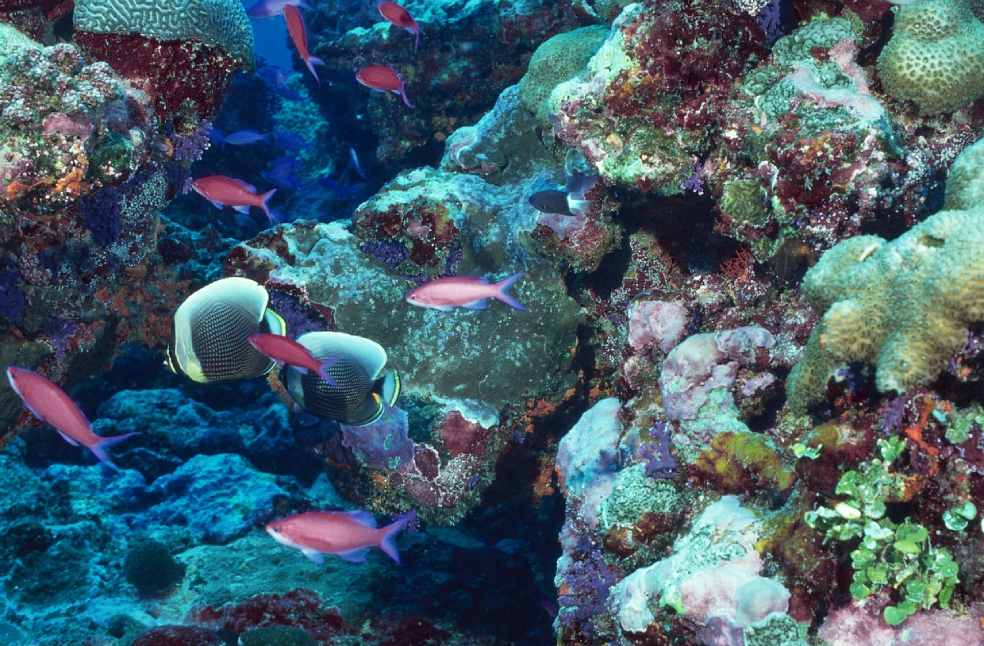England: A new study, led by the UK’s Plymouth Marine Laboratory (PML), alongside the National Oceanic and Atmospheric Administration and Oregon State University’s Co-operative Institute for Marine Resources Studies, has confirmed that ocean acidification has reached dangerous levels.
The Evil Twin
Scientists now warn that time is running out to prevent irreversible damage to vital underwater habitats. Ocean acidification, often called the ‘evil twin’ of climate change, occurs when carbon dioxide is absorbed by seawater. This process lowers pH levels and reduces the availability of calcium carbonate – a substance essential to many marine organisms.
The Ocean acidification severely threatens coral reefs, shellfish, and a wide array of marine species. Until recently, ocean acidification had not been identified as having breached its planetary boundary – a scientific threshold that marks the safe operating space for Earth’s systems. Last year, scientists confirmed six out of nine planetary boundaries had already been crossed. This new research, however, confirms that ocean acidification silently joined the list around 2020.
“Ocean acidification isn’t just an environmental crisis – it’s a ticking timebomb for marine ecosystems and coastal economies,” stated Prof Steve Widdicombe, PML, who also co-chairs the Global Ocean Acidification Observing Network.

What the study shows?
The study analysed 150 years of ocean data, combining modern and historical measurements, ice core records, and advanced modelling techniques. It revealed that the average global ocean condition had already reached or exceeded the acidification boundary. Particularly at depths of 200 meters, 60 percent of global waters were found to be beyond the safe limit.
“Most ocean life doesn’t just live at the surface. The waters below are home to many more different types of plants and animals. Since these deeper waters are changing so much, the impacts of ocean acidification could be far worse than we thought,” said PML’s Prof Helen Findlay.
Prof Helen further added that the findings have huge implications for important underwater ecosystems such as tropical and even deep-sea coral reefs that provided essential habitats and nursery grounds for the young of many species.

As acidity rises, marine life that relies on calcium carbonate to build shells and skeletons – including corals, oysters, mussels, and sea butterflies – struggle to survive. These species experience weakened structures, reduced growth, and lower reproduction rates.
The researchers stress that the only long-term solution is to reduce carbon dioxide emissions globally. In the meantime, local conservation efforts must prioritise the most vulnerable regions and species.
“This report makes it clear, we are running out of time and what we do – or fail to do – now is already determining our future. We are coming to terms with an existential threat while grappling with the difficult reality that much suitable habitat for key species has already been lost. It’s clear that governments can no longer afford to overlook ocean acidification in mainstream policy agendas,” commented Jessie Turner, director of the International Alliance to Combat Ocean Acidification.



